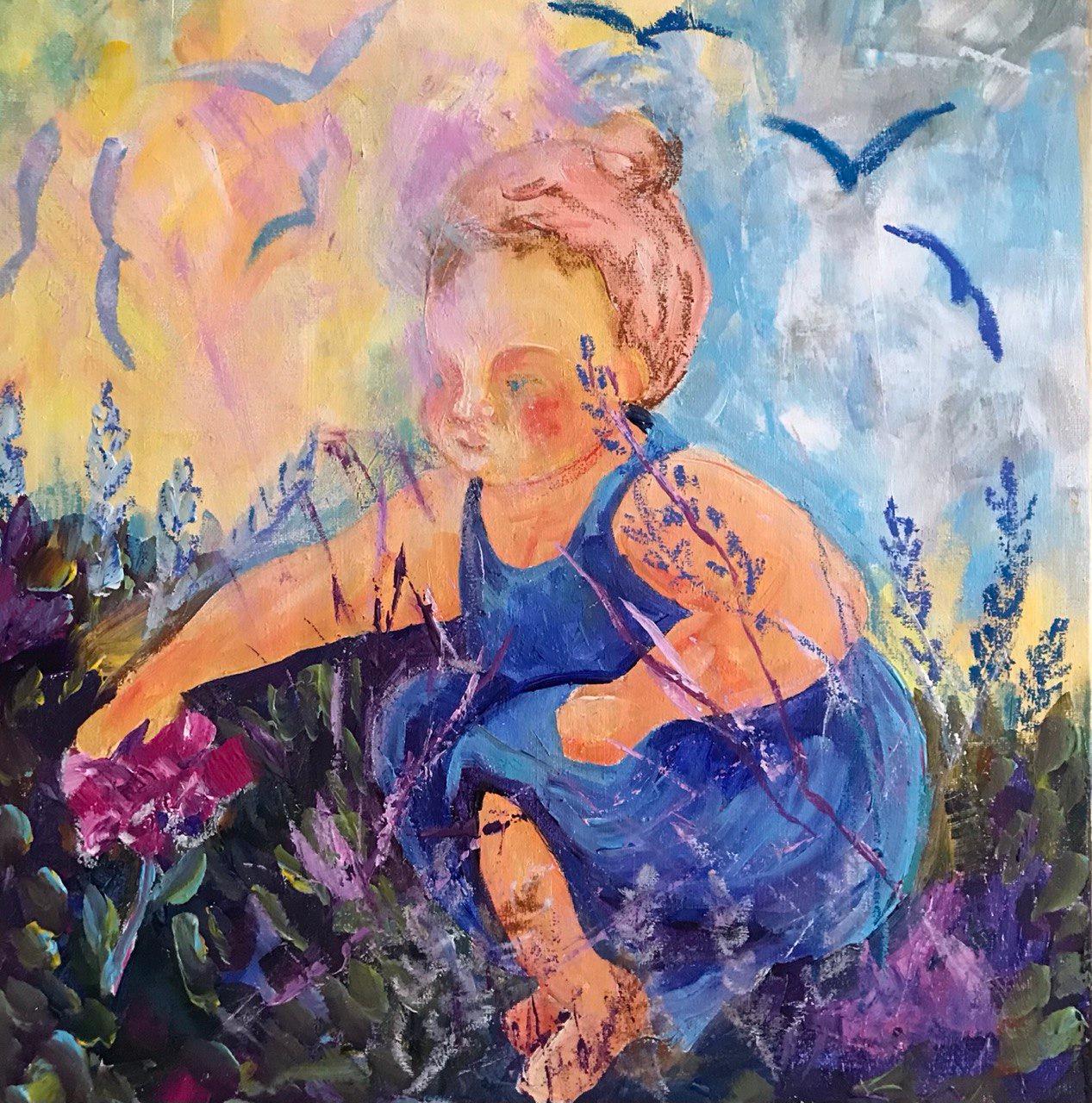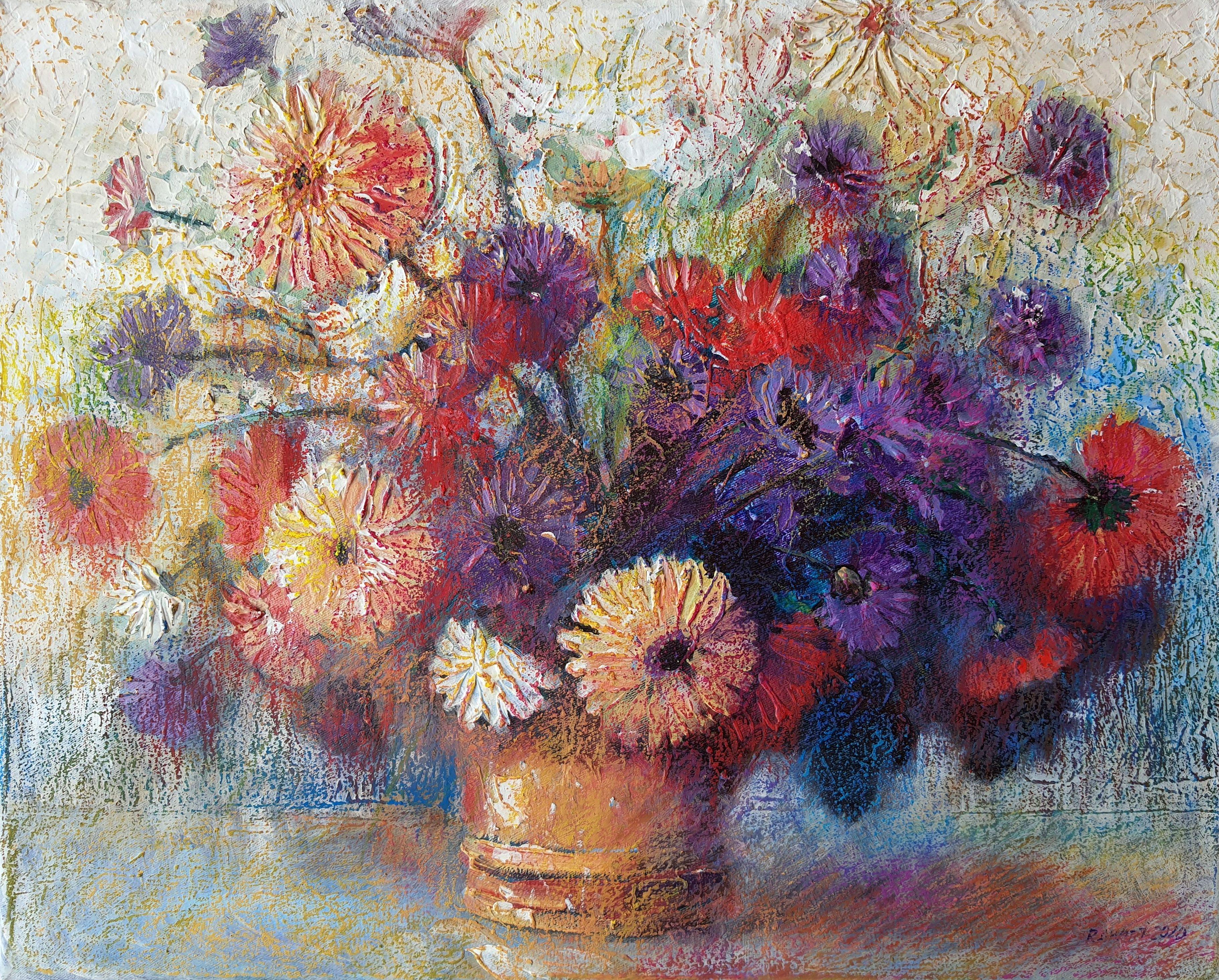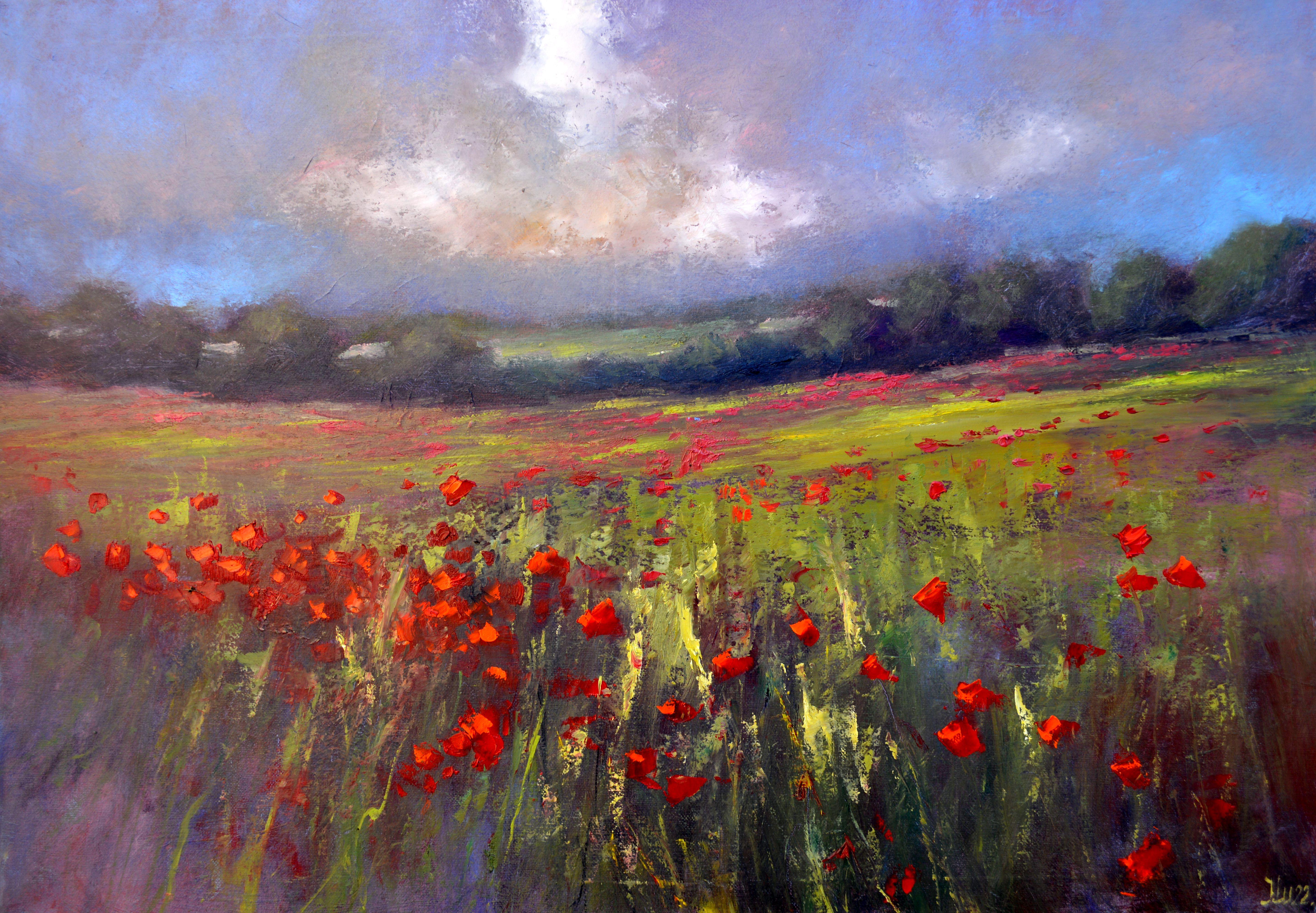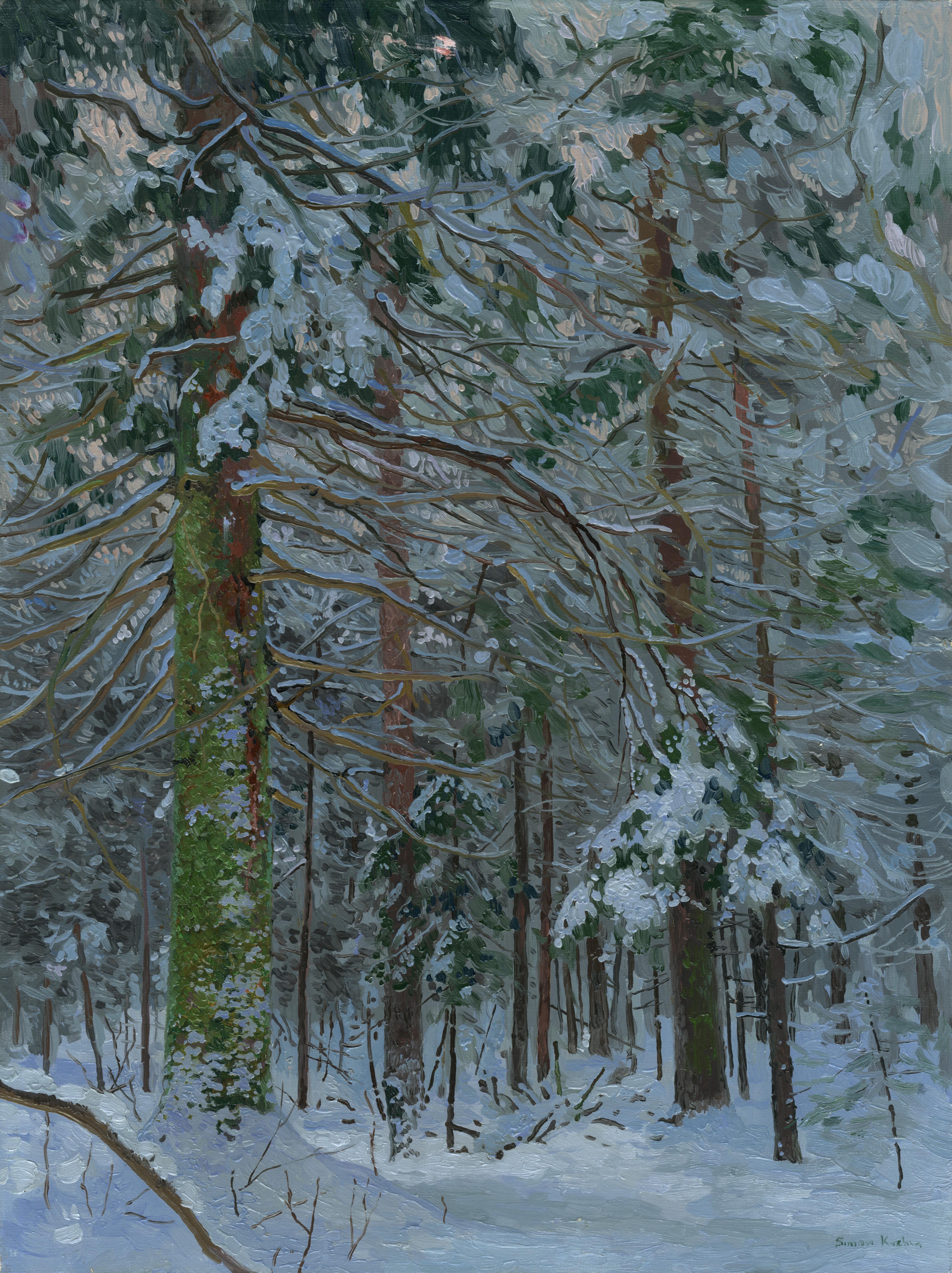Frank J. ReillyThe First Draw Bridge
About the Item
- Creator:Frank J. Reilly (1906 - 1967)
- Dimensions:Height: 28 in (71.12 cm)Width: 40 in (101.6 cm)
- Medium:
- Period:
- Condition:
- Gallery Location:Fort Washington, PA
- Reference Number:1stDibs: LU38431071113
Frank J. Reilly
Frank J. Reilly was noted as "the No. 1 art teacher in America." Reilly is known for developing a means of organizing the palette. His value studies and chroma organization are still taught as the primary methods of oil paint organization. Reilly studied with Frank DuMond at the Art Students League of New York. He taught at the Grand Central School of Art, The Art Students League of New York and other art schools as well as establishing his own art school. Reilly was the main influence on George Passantino. He is credited with the mosaic mural in The Bronx High School of Science's front lobby. Reilly's influence continues today through the teaching and art of Michael Aviano and Jack Faragasso as well as their students Jon deMartin and Graydon Parrish. The Legacy of Frank J. Reilly by Jack Faragasso, from LINEA Journal of the Art Students League, Summer 2006, stated that one of the most maligned and misunderstood artist instructors of the Art Students League was the late Frank J. Reilly. Mr. Reilly was a feisty Irish-American endowed with great energy and charisma. He inspired fanatic devotion and loyalty from his students. His classes were always jam-packed morning, afternoon and night. On his off days he would drive to the League's studios in Woodstock, New York to teach landscape and outdoor figure painting. Somehow he found time to do illustrations, write articles on art, conceive and work on murals and do an occasional fine art easel painting. Married but childless, Mr. Reilly regarded his pupils as his family and sought to relate to them as such. He sought to give them the best training possible, and in order to introduce them to the art world, arranged contests with national magazines, paperback publishers, and even Portraits, Inc.
- ShippingRetrieving quote...Ships From: Fort Washington, PA
- Return PolicyA return for this item may be initiated within 14 days of delivery.
- Interwoven Socks AdvertisementBy Walter Beach HumphreyLocated in Fort Washington, PAApproximate Date: 1920-1925 Medium: Oil on Canvas Signature: Signed Lower Right Size: 29.50" x 23.00" Interwoven Socks Advertisement Literatu...Category
1920s American Modern Animal Paintings
MaterialsCanvas, Oil
- Study for Saturday Evening Post Cover, Peeling ApplesBy Joseph Christian LeyendeckerLocated in Fort Washington, PADate: Nov 28, 1925 Medium: Oil on Canvas Dimensions: 14.00" x 11.20" Signature: Unsigned Study for Saturday Evening Post Cover, November 28, 1925Category
1920s Portrait Paintings
MaterialsOil, Canvas
- Dreaming of a Better LifeLocated in Fort Washington, PAMedium: Oil on Canvas Dimensions: 29" x 20" Signature: Initialed Lower Left American Artist (20th Century)Category
20th Century Figurative Paintings
MaterialsOil, Canvas
- Home Arts NeedlecraftBy Ralph ColemanLocated in Fort Washington, PADate: 1936 Dimensions: Oil on Canvas Signature: Signed Lower Right Medium: 25.00" x 20.00" Home Arts Needlecraft Magazine Cover, August 1936.Category
1930s Figurative Paintings
MaterialsOil, Canvas
- Robin HoodBy William SoareLocated in Fort Washington, PADate: 1934 Medium: Oil on Canvas Dimensions: 24.75" x 16" Signature: Initialed Lower Left Cover Illustration for American Boy Magazine, May 1934 Includes copy of magazineCategory
1930s Portrait Paintings
MaterialsOil, Canvas
- "Letters to a Lady"By Robert BerranLocated in Fort Washington, PAHarlequin Signed lower right. Robert Berran has been a prolific romance and historical book cover illustrator since the 1970s.Category
1990s Romantic Paintings
MaterialsOil, Canvas
- Three WhalesLocated in Zofingen, AGIn this whirl of colors and emotions, I poured my soul into the swirling depths, using acrylics, oils, and oil pastels to manifest a dance of the marine sublime. It's abstract and ex...Category
2010s Abstract Interior Paintings
MaterialsCanvas, Oil, Acrylic
- Fairytale flower, "Gardens of Resilience" series original paintingLocated in Zofingen, AGChildhood fairy tales and memories of magic follow us as we grow up. The Scarlet Flower is my favorite fairy tale. Today, seeing my granddaughter bending over a flower in the garden,...Category
2010s Contemporary Nude Paintings
MaterialsCanvas, Oil
- Flowers 2Located in Zofingen, AG"(canvas handmade) In crafting this piece, I embraced the vibrancy of life, channeling my passion into every brushstroke. Using acrylics, oils, and oil pastels, I layered colors and ...Category
2010s Impressionist Interior Paintings
MaterialsCanvas, Oil, Acrylic
- Landscape with poppy fieldLocated in Zofingen, AGIn this piece, I've embraced the vivid, pulsating life of nature, capturing the wild, untamed energy of a poppy field. The strokes of oil paint bring out an almost tactile experience...Category
2010s Expressionist Landscape Paintings
MaterialsCanvas, Linen, Oil
- Beautiful MountainsLocated in Zofingen, AGIn creating this vista, I've melded acrylics and oils to evoke the vastness of nature, stirring the soul with impressionistic brushstrokes and expressionistic vigor. This scene is a ...Category
2010s Impressionist Landscape Paintings
MaterialsCanvas, Oil, Acrylic
- Spruce in the forestBy Simon KozhinLocated in Zofingen, AGIn the forest in winter, when the cold sets in and snow falls, everything turns into fairy-tale lace. The snow always falls on the branches differently as you enter the forest. Somet...Category
Early 2000s Impressionist Landscape Paintings
MaterialsCotton Canvas, Oil, Cardboard




